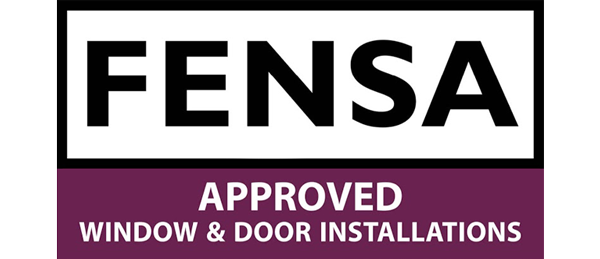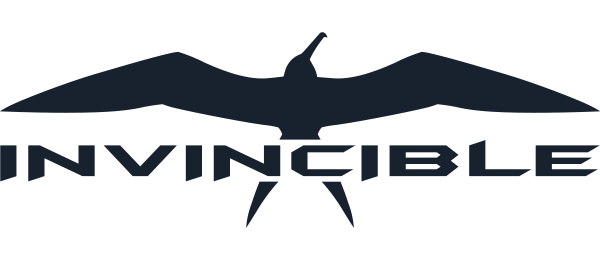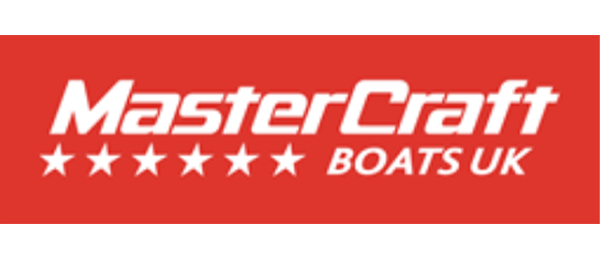New to digital marketing? Just like learning your ABCs, mastering the industry’s complex jargon is the first step to understanding how it all works.
We know that understanding jargon is not a measure of a person’s potential, however when jargon dominates an industry, it can be hard to make sense of it all.
To give you a head start, we have put together this rather awesome Jargon buster blog.
Scroll, read, take a sip of that coffee and digest. You will be mastering the industry’s key terms in no time.
Digital Marketing Jargon Buster
We have compiled a list of key phrases most commonly used within the industry for your reading pleasure.
Download the full version of our Digital Marketing Jargon Buster here.
Above The Fold
This refers to an area of a webpage that is first visible to the user.
E.g. “Please place that image above the fold so that is can be seen as soon as it loads.”
A/B Testing
When you test a new marketing technique (A) against a control (B) to see if the new technique is more effective.
E.g. “I will do A/B testing to see which method will work best.”
Adwords
This is the technology behind Google’s PPC advertising. It allows adverts to be targeted to a specific search and audience. These ads appear above organic searches.
E.g. “I am setting up an Adwords account
Analytics
This refers to the analysis of data generated by a users activity on your website or mobile app. Web analytics allows us to look at this data and discover ways of improving a websites or marketing campaign.
E.g. “Take a look at the web analytics and come up with an idea to improve the performance of the website.”
API
Application Programming Interface. It allows software applications to interact with other applications.
E.g. The Twitter API.
App
Short for application – a program designed to run on smartphones, tablets and other mobile devices.
E.g. ” I downloaded an app to my mobile.”
Back Link
A specific link from one website to another. A quality back link will increase a websites ranking when evaluated by a webcrawler such as PageRank. In essence, a good back link will convey that the website is popular.
Banner Ad
This refers to a form of advert (usually in image format) found on web pages and mobile applications.
E.g. “I have created a banner ad to help bring more customers to my website.”
Blog
A regularly updated web page with posts written by an individual, focused on a specific subject.
E.g. “Read our blog to find out more.”
Browser
A program used to navigate the Internet which is used on computers, tablets and smartphones. Examples include Internet Explorer, Firefox, Chrome and Safari.
E.g. “My browser is being slow.”
What SEO attempts to encourage, a link to a specific website from another. It increases the websites standing when evaluated by a webcrawler such as PageRank, in essence telling it that the website must be popular.
Canonical
When there are multiple versions of similar pages, the canonical rel tag lets the WebCrawler know that the page linked is the definitive version. Every non-canonical page must link to the canonical version.
E.g. “Each page must only have one canonical link specified in the <head>, otherwise they will all be ignored.”
Clickthrough Rate (CTR)
Clickthrough rate refers to the number of times people click on an term of interest.
E.g. “My clickthrough rate on ads about doors is only 2%,but my CTR on ads about windows is more than 5%.”
Cloaking
This refers to hidden text or links on a web page that the user does not see. What the user sees on a webpage and what a WebCrawler sees is very different – computers do not see images and text in the way we do.
WebCrawlers only see the code that produces these arrangements of text. SEO strategists can often manipulate this however, it is seen as a ‘black hat’ technique and is often penalised by Search Engines.
E.g. “Is cloaking evil? It’s one of the most heavily debated topics in the SEO industry.”
Content
This refers to the digital material available to users via text, video, audio or images.
E.g “The website needs more content so it will be more engaging.”
Conversion or Goal
The conversion or goal is the action you want your visitors to perform – the final outcome. Examples includes e commerce purchases, form submissions, phone calls or video views.
E.g. “We want the people who visit our website to convert.”
Conversion Rate
The conversion rate is used to measure digital performance and is the ratio of conversions to visits.
E.g. “The conversion rate for double glazing is very low for female visitors.”
CSR
Corporate Social Responsibility – this refers to the ethical behaviour of a company and the welfare of its employees and the local community.
E.g. “Read about our corporate social responsibility polices and practices.”
Digital Marketing Jargon Buster PDF
For more digial marketing jargon, download our free Digital Marketing Jargon Buster.
blog comments powered by Disqus








